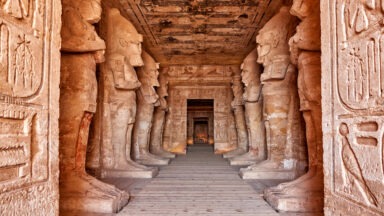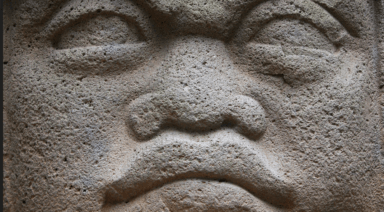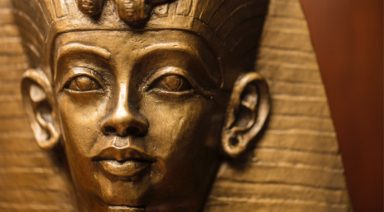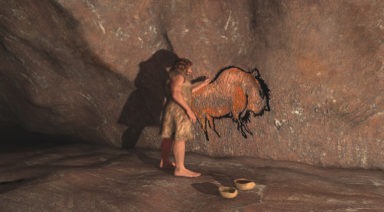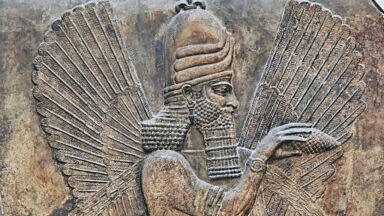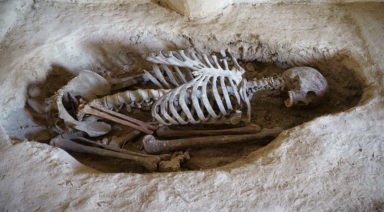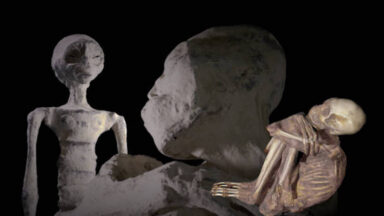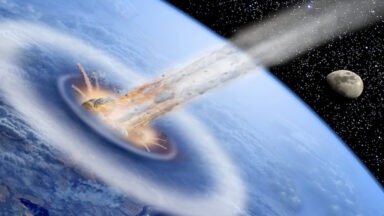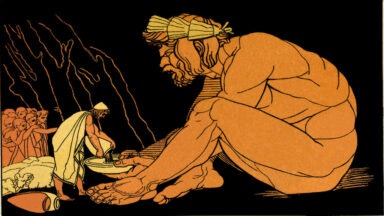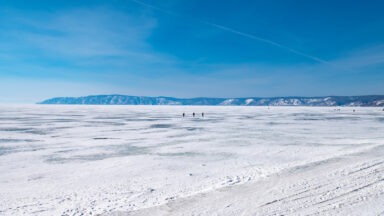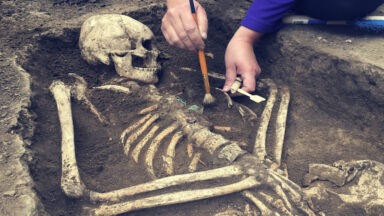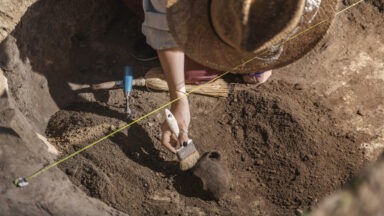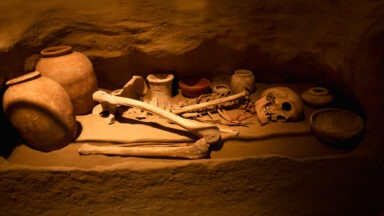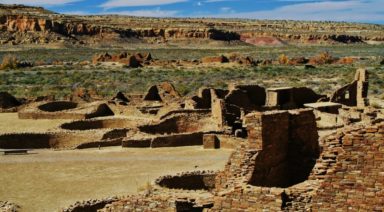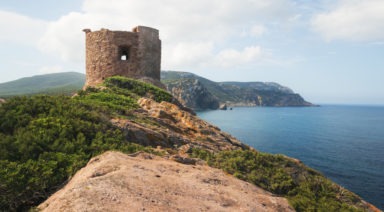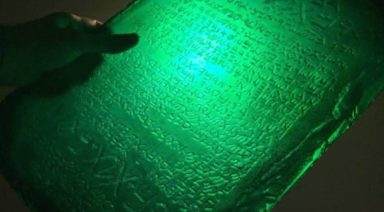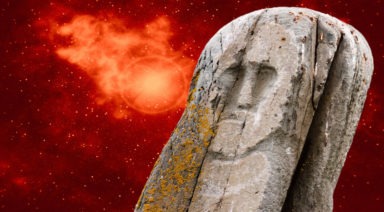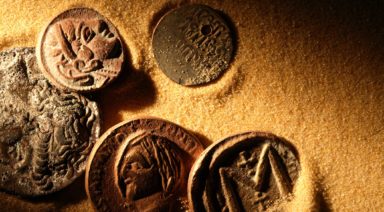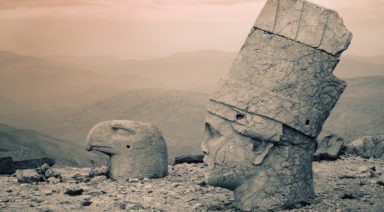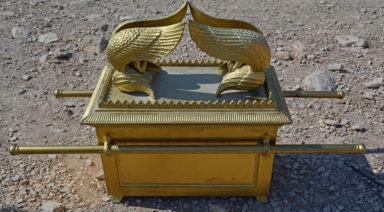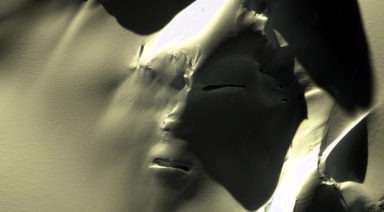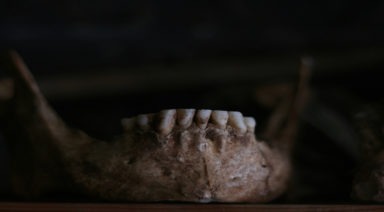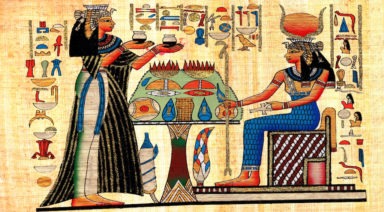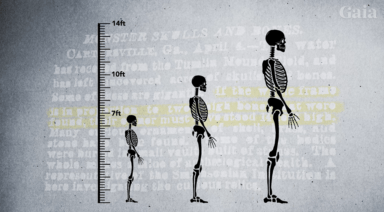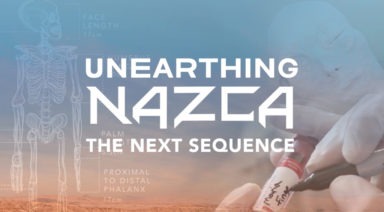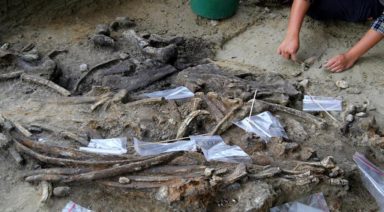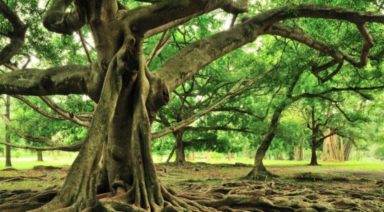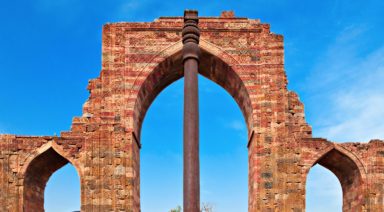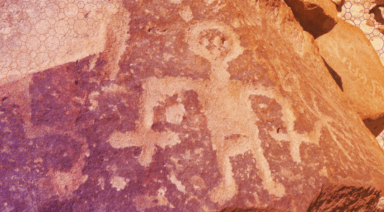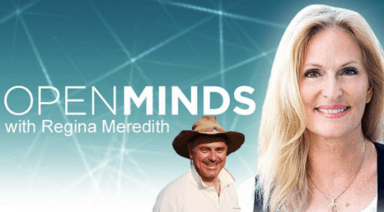Has the City of Atlantis Been Discovered in the Eye of the Sahara?
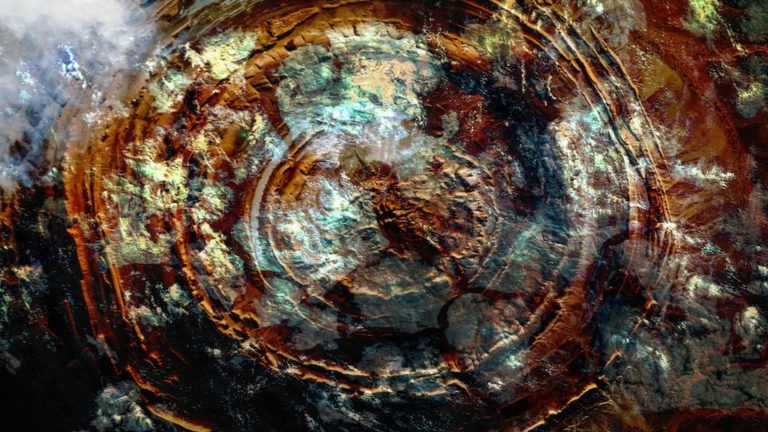
If you feel challenged by our relatively unconscious society, you may be one of the many dreamers who fantasize about the lost city of Atlantis. Some believe the Eye of the Sahara in Mauritania holds the secrets we’ve long imagined to be true. Stretching 14.6 miles across, the Eye appears to be from another world. Considering Plato’s writings on the subject, it’s possible this incredible structure is the final resting place of millions of Atlanteans.
While Plato’s descriptions of Atlantis are epic and mind-blowing, many believe he barely scratched the surface. He described Atlantis as a massive formation of concentric circles, alternating between land and water, similar to how the Eye is seen today. He emphasized that Atlantis was a wealthy, utopian civilization that created the basis for the Athenian democratic model. Plato then described the land as rich in gold, silver, copper, other precious metals, and gemstones.
According to Plato, the story of Atlantis, first told by the ancient African Egyptians, has all the elements you’d expect from a culture that was not only ahead of its time but also wildly arrogant. Atlantis was a leader in academia, architecture, agriculture, technology, diversity, and spiritual empowerment, their navy and military were unmatched, and the Atlantean kings ruled with extreme authority. It’s no surprise that Atlantis fell in ways similar to Rome and potentially in a similar way to how the United States could fall.
“This power came forth out of the Atlantic Ocean … an island larger than Libya and Asia put together … Now in this island of Atlantis, there was a great and wonderful empire which had rule over the whole island and several others, and over parts of the continent.”
― Plato, Timaeus/Critias
Soon after waging an aggressive, unprovoked war on parts of Asia, the Atlanteans were defeated by the only army willing to defend the continent: the Athenians. Amidst the battles, the Gods thrust violent tsunamis, earthquakes, tornados, hurricanes, and floods upon the Empire of Atlantis. As if admitting its sins, Atlantis burst apart, dissolved into the ocean and desert, and was never seen again.
The Eye of The Sahara: A Geological Phenomenon
The Eye of the Sahara, also known as the “Richat Structure” and “Eye of Africa” is a geological feature in the Sahara Desert’s Adrar Plateau in Mauritania, the Islamic Republic in Northwest Africa. This massive geologic, inverse dome contains concentric rings primarily composed of igneous rocks, including kimberlites, carbonatites, gabbros, and rhyolitic volcanic rocks. Sedimentary rocks, like sandstone and limestone, have also been found at the location. Geologists have studied the rock layers and sediment and have determined that many of these rocks date back to a period before life on Earth.
The size of this geological formation is staggering, with its center dome reaching nearly 20 kilometers wide and the outer ring reaching about 40 kilometers (25 miles) in diameter. When passing over the western Sahara, NASA astronauts can see the Eye of Sahara, which resembles a massive bullseye, in plain sight.
The Richat Structure and Atlantis
Many believe Plato’s stories about Atlantis were parables and that he used Atlantis to set the stage for his ideology. Plato’s Atlantean narrative might be in the same vein as James Cameron’s Avatar, in which he warns us that corporate greed and racism can quickly pollute and potentially destroy our civilization.
King Atlas, also known as King of Atlantis and namer of the Atlantic Ocean, is the same person as Atlas of Mauritania. Herodotus’s map from 450 BC places Atlantis in the same place as the Eye. The Egyptians, the first tellers of the Atlantis story, were colonized by Atlantis. It’s through their lineages that we came to learn about Atlantis and its precise location.
The circular isle of Atlantis was described to have a diameter of 127 Stadia. 1 Stadia = 607 feet. When you multiply 127 x 607, the result is 77,089 ft. This is equivalent to around 14.6 miles – the diameter of the Eye.
More Similarities Between Atlantis and the Eye of the Sahara
- Solon, Plato’s relative, was an Athenian statesman and poet who traveled to Egypt and learned about Atlantis first-hand. It’s these stories stories that Solon relayed to Plato.
- In Plato’s Critias and Timaeus dialogues, he describes Atlantis as three alternating zones of water and two of land, which could easily be transposed onto the physical structure of the Eye that we know today.
- The nearby mountains were seen as representatives of the Gods and celebrated for their lush rivers and waterfalls. These mountains were said to be in the North, the precise location of the Eye’s mountains. When you look at the satellite images of the Eye, you can see the river and water lines that appear throughout the landscape.
- Plato described the sea to the South of Atlantis and the desert surrounding the area, which also appears in satellite images.
- It was said the fresh water flowed from the center island of Atlantis, which also exists in the center circle of the Eye.
- Satellite imagery shows that weather pushed mud across the region, which could easily be attributed to a tsunami, one of the many aspects of the weather system that simultaneously destroyed Atlantis.
- Mauritania exports copper and gold, which were plentiful throughout the Empire of Atlantis.
- Plato reported that elephants, and many other animals, were abundant in Atlantis. Many elephant bones have been found near the Eye.
- Black, red, and lighter-colored rocks were reported to be embedded throughout the land of Atlantis. This is also true of the Eye.
- There have been thousands of artifacts found in and around the Richat Structure. Most are 12,000 years and older, putting them in the time frame of Atlantis. Evidence of stone tool manufacturing at the location has been observed with Acheulean tools such as hand axes, arrowheads, and spears being found in the surrounding area. Stone spheres, surfboards, oars, ship hulls, and more have also been discovered.
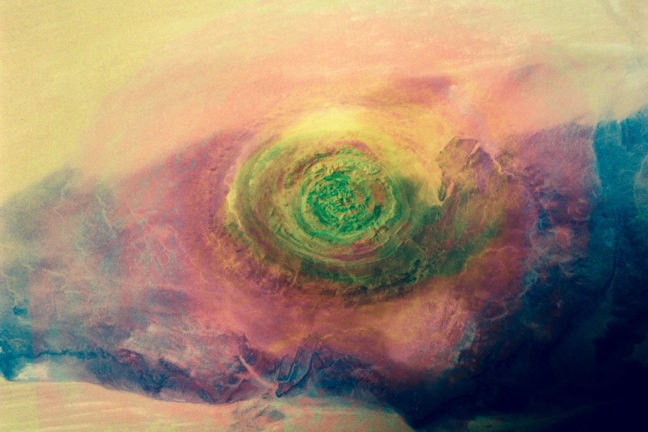
Eye of Sahara from space
Legend tells us that Atlantis was an empire made of ten kingdoms, with the island of Atlantis as the capital. The God Poseidon gave birth to five sets of twins, ten children in total, each one running one of the ten kingdoms. Having twins is a rare occurrence. It just so happens that the highest birth rate of twins on planet Earth is found in Nigeria – very close to Mauritania.
Could Atlantis Actually Be Located in the Eye of the Sahara?
Plato and Solon were known to have integrity and were, therefore, rarely challenged. Atlantis is the only story of Plato’s that was ever disputed.
One of the strangest aspects of the history of Atlantis is that none of these theories are presented in Wikipedia, and every related page is locked. This includes pages about the Eye, King Atlas, and the God Poseidon. How is it that the universally accepted concept that Atlantis existed is left out of one of society’s most treasured resources?
If you’re still on the fence about the Eye of the Sahara being the location of the city of Atlantis, consider that the City of Troy was thought to be a myth for thousands of years until it was found, exactly where Homer said it would be.
“There were a great number of elephants in the island, and there was provision for animals of every kind, both for those who live in lakes and marshes and rivers, and also for those who live in the mountains and on the plains, and therefore for the animal which is the largest and most voracious of them.”
― Plato, Timaeus/Critias
Ancient Initiation Practices for Transcending Reality
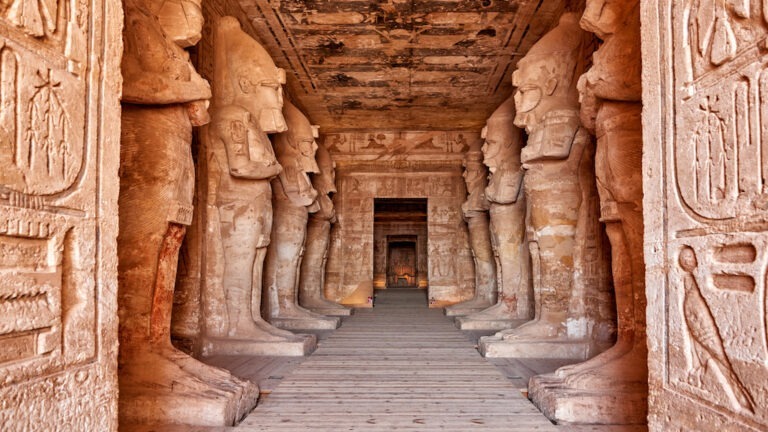
People around the world are waking up to a realization that there is more to life than meets the senses. There is a growing desire to know who we are, where we come from, and what we are capable of. While these aren’t new questions, advancing technologies and exploration of what constitutes consciousness may require us to ask these essential questions in a new way.
Are the Pyramids Doorways to Other Realities?
We’re now beginning to put the pieces back together that paint a clearer picture of our own history, and where some of our most mysterious discoveries come from. For instance, we’re finding answers to who built the pyramids and other advanced stone structures that are strategically built in very specific places of power around the world and aligned with extraordinary precision to constellations in the sky.
These ancient structures may hold the key to our evolving consciousness, access to other dimensions of space and time, and our ability to transform our reality. Matias De Stefano, host of Gaia’s original series, Initiation recalls details of the Atlantean civilization from his own memories and describes the technology they would have used to build the pyramids.
He remembers there being a single pyramid on the plateau during his lifetime in Khem, a colony of Atlantis around 12,000 years ago. It was the Sirian people, he says, who passed on their knowledge of how to construct and use the pyramids for connecting with the source of creation.
Matias says these ancient yet very advanced people knew how to use the pyramids to open portals to other times and transcend the third dimension. They practiced powerful initiation ceremonies to become keys that would connect with the consciousness of the planet and have access to all of the information stored throughout the universe.



